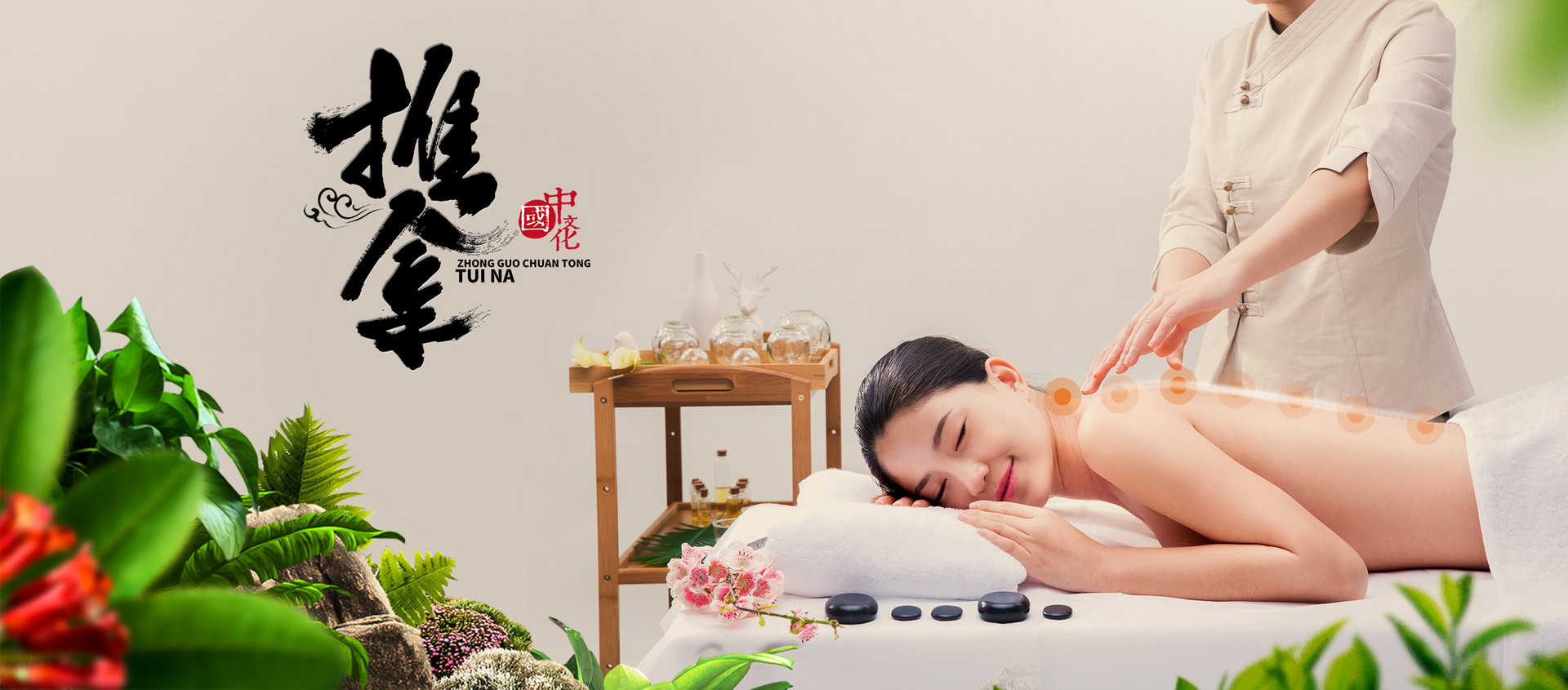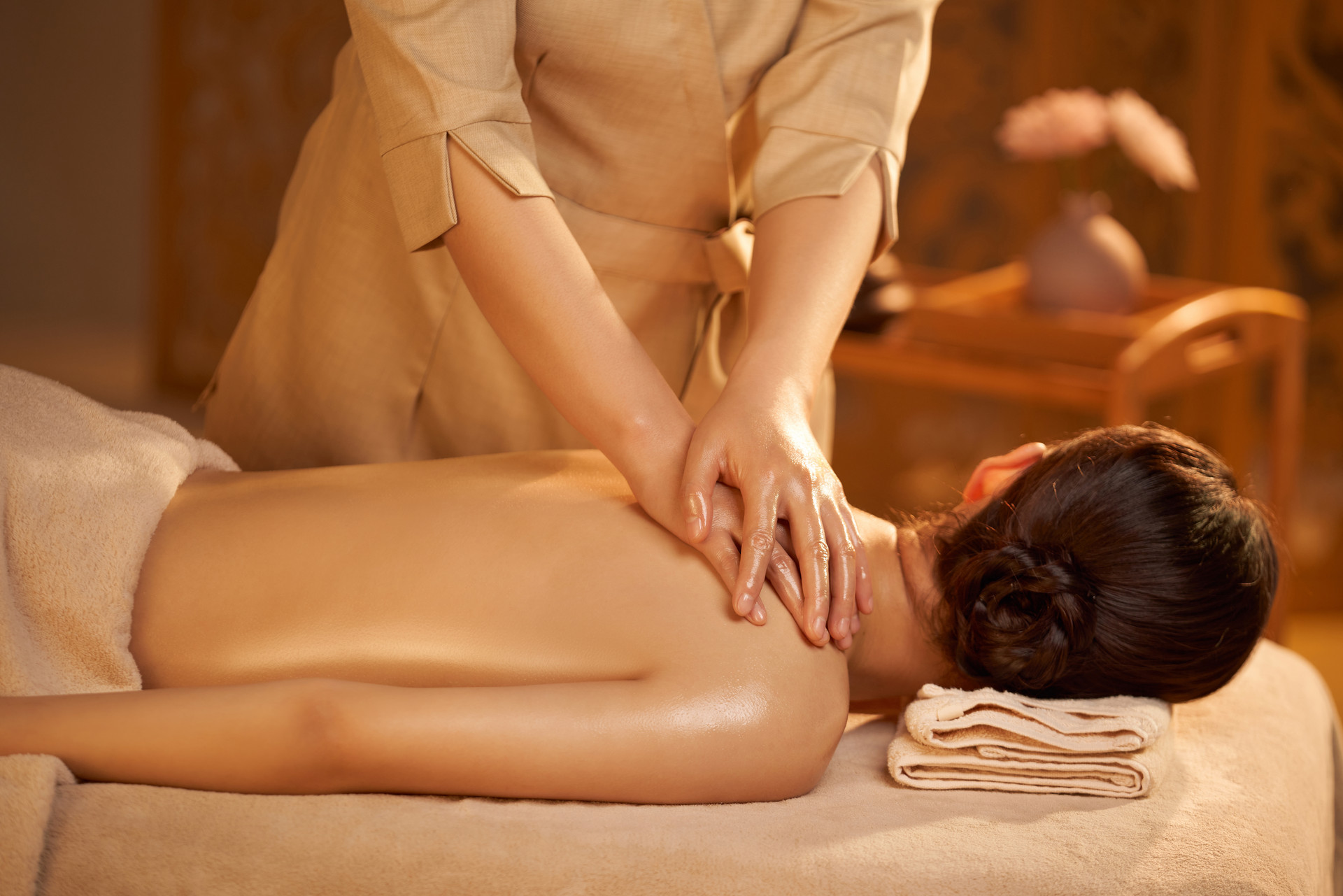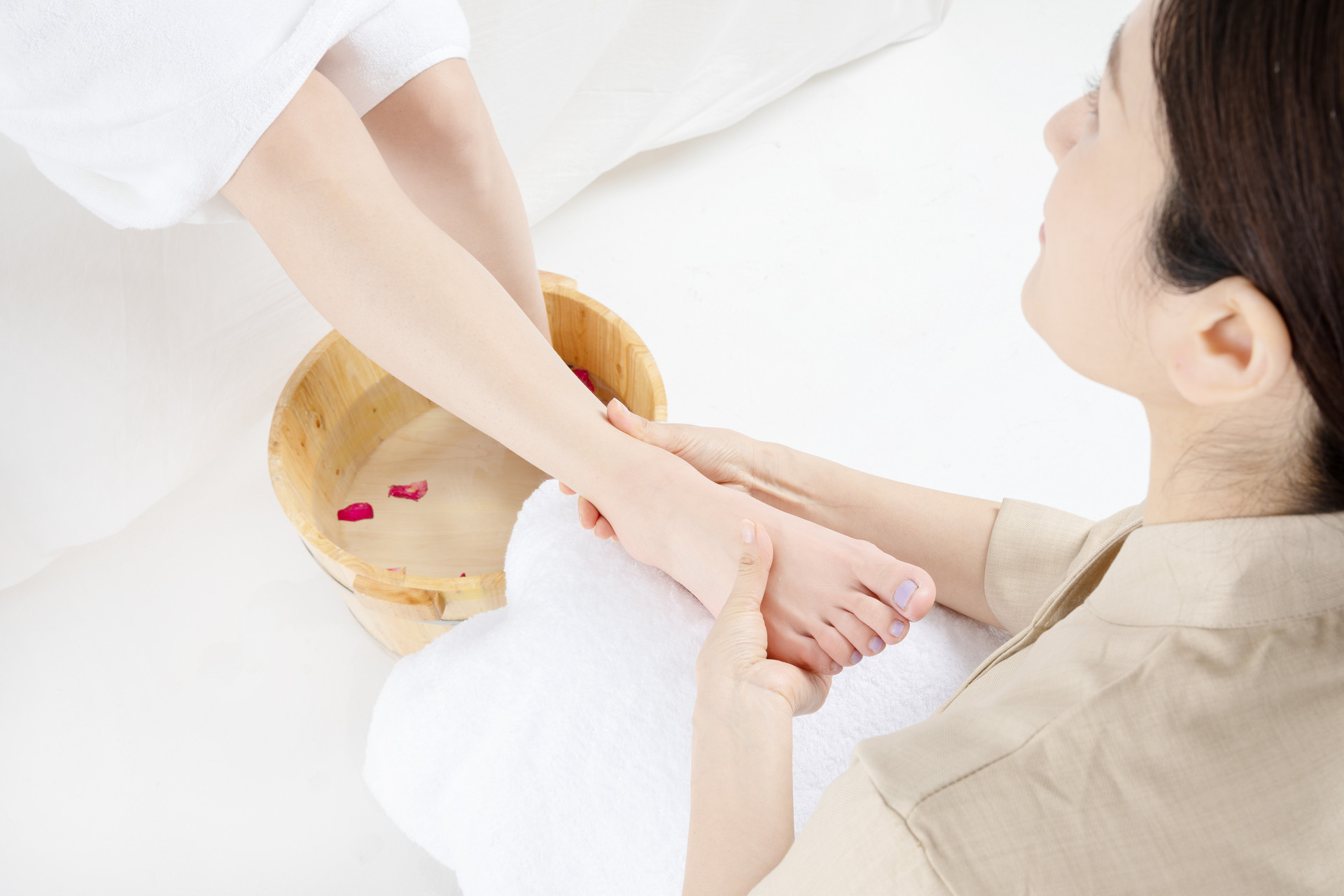```
Tui Na Massage
Tui Na massage is a unique therapy in traditional Chinese medicine. It can dredge the meridians throughout the body, promote blood circulation, regulate the balance of yin and yang in the body, thus improving physical fitness and delaying aging. There are many techniques in Tui Na massage, and the efficacy of each technique varies. Let's take a detailed look at Tui Na massage in traditional Chinese medicine.
Table of Contents
1. Techniques of Tui Na Massage
2. Benefits of Tui Na Massage in Traditional Chinese Medicine
3. Tui Na Massage for Weight Loss
4. Tui Na Massage for Treating Pediatric Digestive Disorders
5. Tui Na Massage for Eliminating Crow's Feet
6. Rubbing the Body for Longevity
7. Common Taboos in Tui Na Massage
8. Misconceptions about Tui Na Massage
Techniques of Tui Na Massage
Tui Na massage is very economical, simple, and convenient. It does not require special medical equipment and is not limited by time, location, or climate. It can be performed anytime and anywhere. It is not only stable and reliable but also easy to learn, with no side effects, so it is welcomed by many people. Not only do the elderly often go to the therapy room for regular health care, but also more and more young people are interested in it.
Seventeen Common Massage Techniques:
1. Pushing
2. Rubbing
3. Kneading
4. Pinching and Rolling
5. Rubbing
6. Pressing
7. Rubbing
8. Patting
9. Shaking
10. Pulling and Tugging
11. Holding
12. Rolling
13. Scraping
14. Pinching
15. Snapping Tendons
16. Pulling Tendons Apart
17. Rubbing Tendons
Classification of Massage Techniques:
1. Swinging Techniques: One Finger Zen Pushing, Various Vibrations, Various Kneading, Various Shaking, etc.
2. Friction Techniques: Pushing, Pulling, Rubbing, Scraping, Rubbing, Touching, Combing, etc.
3. Compression Techniques: Pressing, Pointing, Pressing, Pinching, Kneading, Grabbing, Bouncing, etc.
4. Beating Techniques: Various Patting, Hitting, Acupressure, etc.
5. Joint Movement Techniques: Various Rocking, Boarding, Stretching, Endpoints, Topping, etc.
6. Compound Techniques: Pushing and Rubbing, Vibrating and Trembling, Pressing and Kneading, Pressing and Pulling, Rotating, Shaking and Pressing, etc.
7. Specific Techniques: External Cardiac Compression, Back Technique, Stepping and Climbing, etc.
Pushing Technique
Using the hand or palm to exert force on the massaged area in a single direction is called pushing technique. Light pushing has the effects of calming pain and alleviating discomfort, and is used at the beginning and end of massage, and between other techniques. Heavy pushing can dredge meridians, realign tendons, promote blood circulation, dispel blood stasis, relieve spasms, accelerate venous blood and lymphatic reflux, and can be used in different stages of massage.
Procedure:
1. Exert pressure on the massaged area with fingers or palms.
2. Depending on the force of the pushing technique, it can be divided into light pushing and heavy pushing. After selecting the force, perform a single-directional straight push. Generally, push 3-5 times.
```











